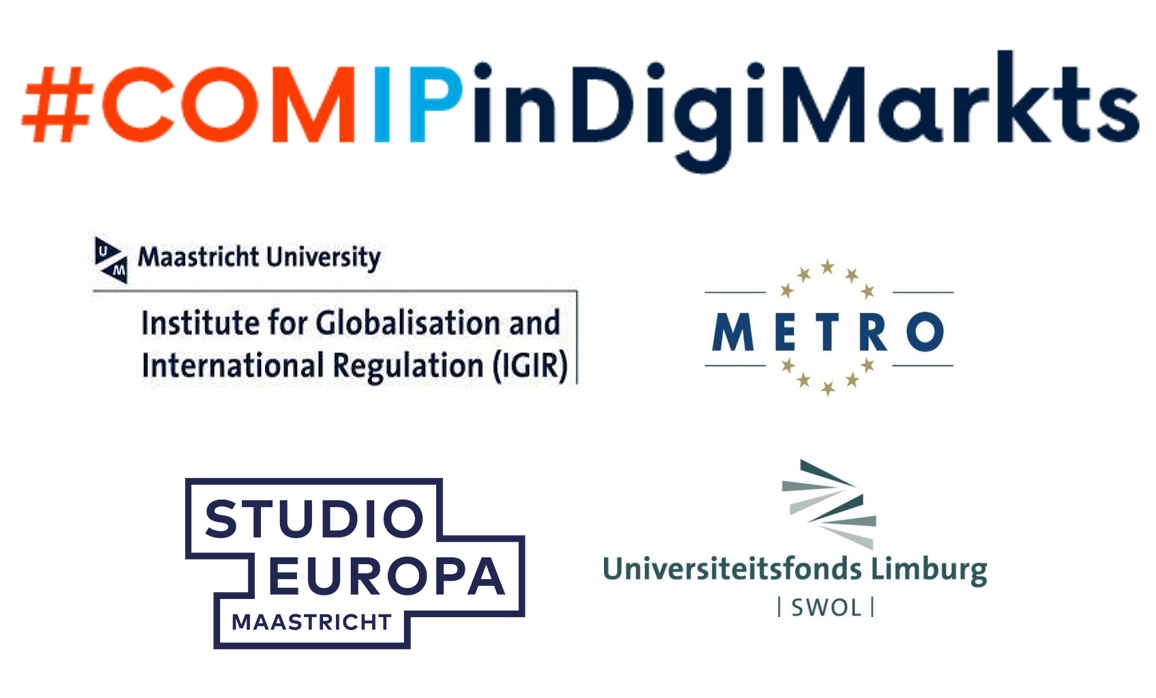Impacts of FRAND Licensing of standard essential patents on the supply chain management of standard-implementing industries

The disputes concerning FRAND licensing of standard-essential patents (SEPs) are critical legal issues that dominate the development of the standard-implementing industries like the telecommunication industry. Recently, the patent owners of standard-essential patents tend not to license to rival component suppliers but to end-product manufacturers to maximize their interests. This trend has spread from the cellphone industry to the automotive industry and from the United States to Europe.
Three Main Points:
1. There are two issues in the SEPs licensing in the supply chains: (1) whether the patent holders have the freedom to select any standard implementer in the supply chain to license their standard-essential patents; (2) how to decide the royalty base of the SEP licensing.
2. Even if the FRAND commitment does not restrict the SEPs holders from selecting the licensee in the supply chain, the SEPs holders are still obliged to provide a FRAND license if the rival component suppliers proactively apply for it.
3. The royalty bases in the cases of smartphones and connected cars should be different. It is suitable in the cases of smartphones but not connected vehicles to apply the “entire market value” rule to set the entire cellphones as the royalty base of the chip-level patents.
FRAND licensing, an abbreviation of fair, reasonable, and non-discriminatory licensing, is a mainstream patent policy of standard-setting organizations (SSOs) to regulate the patent holders who direct their patented technologies into the industrial standards. Under FRAND licensing scheme, the patent owners commit to license their standard-essential patents to all standard implementors in a fair, reasonable, and non-discriminatory way. Theoretically, the SEP holders have no right to refuse to license their patents to the standard implementors.
However, Qualcomm has opened up an “innovative” business model under the legal framework. By proposing a “no license, no chips” strategy, Qualcomm can not only sell IC chips to its customers but also charge royalties from its customers and non-customers by using the whole smartphone as the royalty base. Since the royalty base is the entire smartphone rather than just a single chip, the royalty charged by Qualcomm under the “no license, no chip” model is much higher than in the past. With this “innovative” business model, two-thirds of Qualcomm’s total revenue is contributed by patent licensing.
At the same time as the automotive industry moves into connected vehicles, telecommunication giants such as Nokia are also moving from the business of licensing SEPs in telecommunication into the supply chain of the automotive industry. To maximize its income from patent royalties, Nokia chose to seek patent licensing from car manufacturers instead of communication components suppliers. However, some car manufacturers refused to take the patent license by arguing that Nokia should negotiate patent licensing with the component suppliers. Nokia initiated more than ten patent infringement lawsuits in Germany, arguing that they have the right to choose the counterparty of patent licensing.
Based on the patent exhaustion doctrine, the patentees can only collect royalties from one of the manufacturers in the supply chain. It is reasonable for the patent owners to choose the end-product manufacturers as the licensing targets to maximize the royalty base. For other manufacturers in the supply chain, the SEP holders select to provide a covenants-not-to-sue instead of providing a patent license. Two legal issues arise here. First, under the FRAND licensing scheme, does the SEPs owner have the freedom to choose any manufacturer in the supply chain to negotiate patent licensing, or is it obliged to license the SEPs to any player in the supply chain? Second, if the answer to the first issue is that the SEPs owner has the right to choose the counterparty of the patent license, should the royalty base be the components or the entire end-product?
The article discusses the disputes over the patentee owner’s choice of the counterparty of patent licenses, finding that the judicial judgment of the Ninth Circuit of the United States in FTC v. Qualcomm is beyond the previous understanding of FRAND licenses and results in huge waves in the academic and practical circles. Under the opinion of the Ninth Circuit, the SEPs owners have no more obligation to license their patents to all standard implementors and have the freedom to choose any level in the whole supply chain for SEPs licensing. This opinion may fuel patent hold-up and royalty stacking, causing a disruptive impact on the future SEP licensing.
The wars concerning standard-essential patents have spread to the automotive industry, including Nokia’s legal actions against Daimler in Germany. Daimler contended that Nokia should charge chip suppliers for royalties, but Nokia asserted its freedom to choose end-product manufacturers as licensing targets. Some German courts have ruled in Nokia’s favor. The Regional Court of Düsseldorf referred the case to the European Court of Justice, asking whether the SEPs owner is obliged to license rival chip suppliers or has the freedom to choose any manufacturer in the entire supply chain to provide a FRAND license. It is a rare opportunity to clarify this issue. Unfortunately, Nokia and Daimler settled and withdrew the lawsuit, so the European Court of Justice has no more opportunity to express an opinion on this critical legal issue.
Regarding whether the patent holders have the freedom to select any standard implementer in the supply chain, this article finds that any standard implementor has the right to obtain a FRAND license, and the SEPs owners must offer a patent license on the FRAND conditions. Even if the FRAND commitment does not restrict the SEPs holders from choosing the licensee in the supply chain, the SEPs owners should still provide a FRAND license if the component suppliers proactively apply for it.
Regarding how to decide the royalty base of the SEP licensing, this article finds that the cases of smartphones and connected cars should be different. The patented components of a smartphone are embedded in the end products and sold as a single functioning device. A user can’t buy a cellphone without modem chips. Therefore, it is suitable in the smartphone case to apply the “entire market value” rule to set the entire cellphones as the royalty base of the chip-level patents. However, although the patented chips are also embedded in the cars and sold as connected vehicles, they may not constitute a “single functioning unit” because the chip is for connecting, but a car is for driving. Furthermore, connectivity is only a car's additional feature and does not always become “the basis for customer demand for the entire machine.” Therefore, there is a doubt about applying the “entire market value” rule to set the whole connected vehicle as the royalty base of the chip-level patents.
| This guest blog was written by Huang-Chih Sung for the IGIR and METRO Faculty of Law Maastricht #COMIPinDigiMarkts2022 project - More blogs on Law Blogs Maastricht |

This guest blog is part of the project #COMIPinDigiMarkts2022. These blogs have been specially prepared by participating internal and external project members and focus on competition law and IP law, with particular reference to the digital markets.